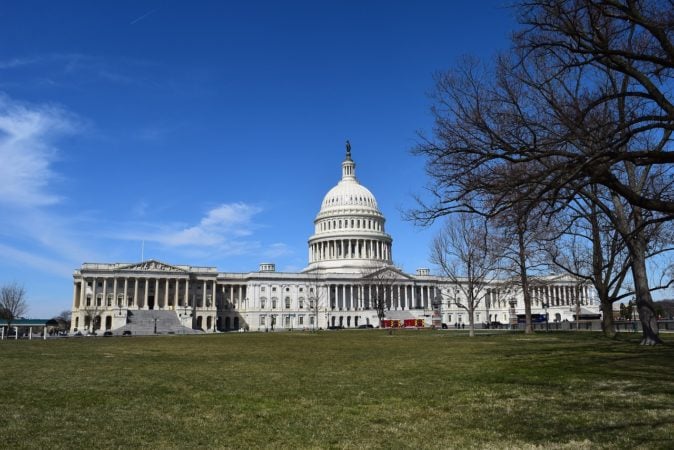TLDR
- Stablecoin yield loopholes could drain $6.6T from U.S. banks, warn critics.
- GENIUS Act gaps let exchanges skirt interest bans via stablecoin rewards.
- DAI and DeFi vaults bypass U.S. rules, posing new risks to credit markets.
- USDC yield incentives may trigger massive deposit flight from banks.
- Tether, DeFi evade U.S. oversight, sparking calls for tighter stablecoin laws.
Congress faces growing pressure to address regulatory gaps in the newly passed GENIUS Act. Banking groups warn that stablecoin issuers and exchanges could exploit loopholes to offer interest indirectly. They argue that this could lead to massive deposit outflows and damage credit markets.
USDC Loophole Raises Systemic Concerns
Despite the GENIUS Act banning stablecoin issuers from offering interest, exchanges can still provide rewards. This allows digital platforms using USDC to bypass the law and attract users with yield. Such arrangements increase the likelihood of funds moving from banks into digital wallets.
🚨BREAKING NEWS 🚨
🏦U.S. banks just flagged a loophole in the GENIUS Act—stablecoin issuers can’t pay interest… but their affiliates can.
The risk? A potential $6.6 trillion flight from bank deposits into yield-hungry stablecoins. Is DeFi about to rearrange the credit… pic.twitter.com/hE8aQIoRCK
— Cheeky Crypto (@CheekyCrypto) August 13, 2025
USDC plays a central role in payments and remittances, but does not support loans or investments like traditional deposits. Its increasing adoption pressures policymakers to ensure consistent oversight and prevent regulatory arbitrage. Banks argue this unchecked growth may undermine financial stability.
The Treasury warned earlier this year that deposit flight from banks could reach $6.6 trillion if yield on stablecoins becomes widespread. Exchanges and affiliates may act as intermediaries, drawing away capital from lending institutions. That shift would tighten credit, raising borrowing costs nationwide.
DAI Stablecoin Spurs More Legislative Pushback
DAI, a decentralized stablecoin, operates with fewer regulatory constraints than centralized alternatives. While the GENIUS Act covers direct issuers, it excludes DeFi platforms distributing stablecoins with financial incentives. This creates a path for DAI-related products to offer yield indirectly, evading oversight.
Banking groups caution that these practices widen the gap between regulated and unregulated finance. When returns mimic traditional deposit interest, they argue, it weakens the deposit base of banks. As a result, banks may face funding shortages, especially during financial stress.
They also emphasize that if stablecoins like DAI offer incentives through DAOs or yield-bearing vaults, traditional credit markets will lose traction. This could slow lending growth across sectors. The reduced credit supply threatens small businesses and households .
Tether and Centralized Issuers Under Scrutiny
Tether remains a dominant player in the stablecoin space, often used on crypto exchanges. Although not a US-based issuer, its reach into American markets continues to expand. This raises concerns that global issuers could exploit U.S. legal blind spots.
Tether’s lack of regulatory supervision adds urgency to demands for comprehensive legislative controls. Policymakers are urged to close gaps that allow third-party platforms to pay yield on behalf of issuers. Allowing these backdoor practices, banks argue, will undermine the GENIUS Act.
The banking coalition also opposes provisions letting non-financial firms issue stablecoins without strong federal oversight. They say these measures deviate from long-standing financial policy. Critics claim this shift weakens protections and increases systemic risks across payment and credit systems.






